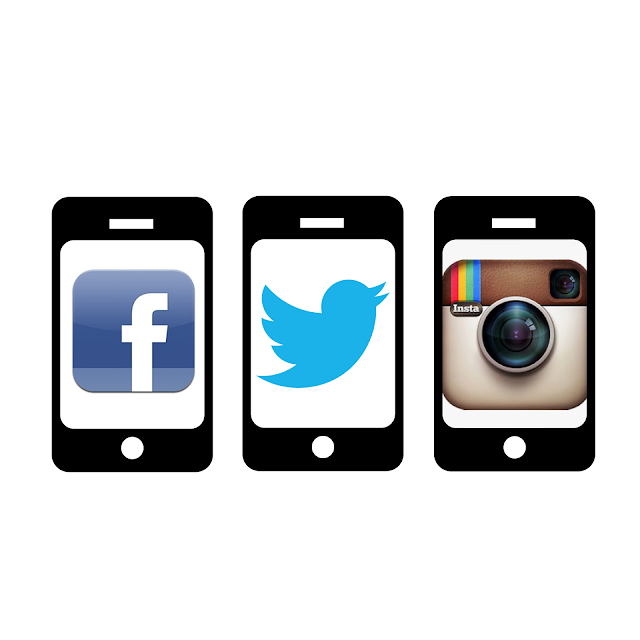 |
| Image by tiffany loyd from Pixabay |
I was at my desk at work sometime last week when I heard Dalton made
the above assertion. Of course, what she meant was that, for someone to get an iPhone,
the person must be ready to spend half of his salary on a data subscription to
get connected to the internet.
A lot of people are now refraining from buying iPhones just because of
their enormous data consumption. According to some, maintaining an iPhone is
more expensive than buying it.
To authenticate this fact, new data published by the New Product Development
Group (NPD) - a firm that offers data industrial expertise, and prescriptive
analytics to help grow businesses in changing the world - iPhone
users use more data than their android counterparts.
I know you will be curious to know how this data was collected.
NPD’s smart meter application was installed on roughly 1,000 smartphones. They have been collecting data from android users since April 2012,
but last month they started gathering data from around 100 iPhone
owners. Their sample size for iPhone users is decent, but still one-tenth that of android
users.
But then, there are ways we can cut back on our data usage on iPhones.
Read on!
Here are seven phone-wide settings that can help keep you under your
monthly data allotment.
1. Restrict
iTunes and App Store downloads
You can prevent iTunes and the App Store from downloading
music, movies, and applications when you are away from a Wi-Fi signal. To do
so, go to Settings > iTunes
& App Store and toggle off Use Cellular Data.
2.
Disable background app refresh
iOS applications
can update in the background, grabbing new content as they sit idle so they can
show you the latest news when you return to them. Go to Settings > General > Background App
Refresh in order to turn this setting off completely.
3.
See which apps are using the most data
Go to Settings > Cellular and you can see how much data you've
used in the current billing period and below that, you'll see a list of your
apps. Under each app's name is the amount of data it has used for the current
billing period. You can toggle off any app that you think is eating more than
its fair share.
4.
Disable Wi-Fi Assist
Wi-Fi Assist is a great feature where your
iPhone hands off a weak Wi-Fi signal to your cellular network to prevent pages
from loading slowly (or not at all) as it clings to the last remnants of a
Wi-Fi signal. If you sit on the edge of a Wi-Fi network at work, then your
cellular network may be assisting more than you'd like and running up data
charges.
To disable Wi-Fi Assist, go to Settings > Cellular and scroll
all the way to the bottom to turn off Wi-Fi
Assist.
5.
Download music, don't stream
Streaming music or podcasts for long stretches
when you are away from Wi-Fi can quickly add to your data usage. Most music and
podcast apps (like Spotify and Apple Music) let you restrict streaming
to Wi-Fi only, which will then force you into the habit of downloading
playlists or podcasts before playing them instead of streaming them over
cellular data. Let's look at Apple Music and Apple's Podcasts apps as examples.
For Apple Music, go to Settings > Music. In the Streaming
& Downloads section, you'll see two settings. The first, Use Cellular Data, lets you disable
streaming via a cellular connection entirely. If that's too drastic a measure
for you, then you can leave that setting enabled and turn off High Quality on Cellular to stream
songs at a lower bit rate when you aren't on Wi-Fi.
For the Podcasts app, go to Settings
> Podcasts and turn off Cellular
Data. You can also enable only
Download on Wi-Fi to prevent podcast downloads from adding to your
data usage.
6.
Fetch mail less frequently
Check to see how frequently your email account
is set to fetch new mail -- the less frequently it fetches the less data (and
battery) you'll use. Go to Settings
> Mail > Accounts > Fetch New Data. If you choose manually, then
the Mail app will check for new emails only when you open the app.
7.
Use Safari's Reading List
You can queue up articles while you're using
Wi-Fi to read later when you're on a cellular connection or out of range
completely. When you add a page to Safari's Reading List, Safari downloads it
for offline viewing. To add an article to the Reading List, tap the Share button at the center of the
bottom navigation bar and then tap Add
to Reading List.
So, those are the seven ways you can save your
data for a long time. I hope from now on you won’t be afraid of getting an
iPhone because of its data consumption.